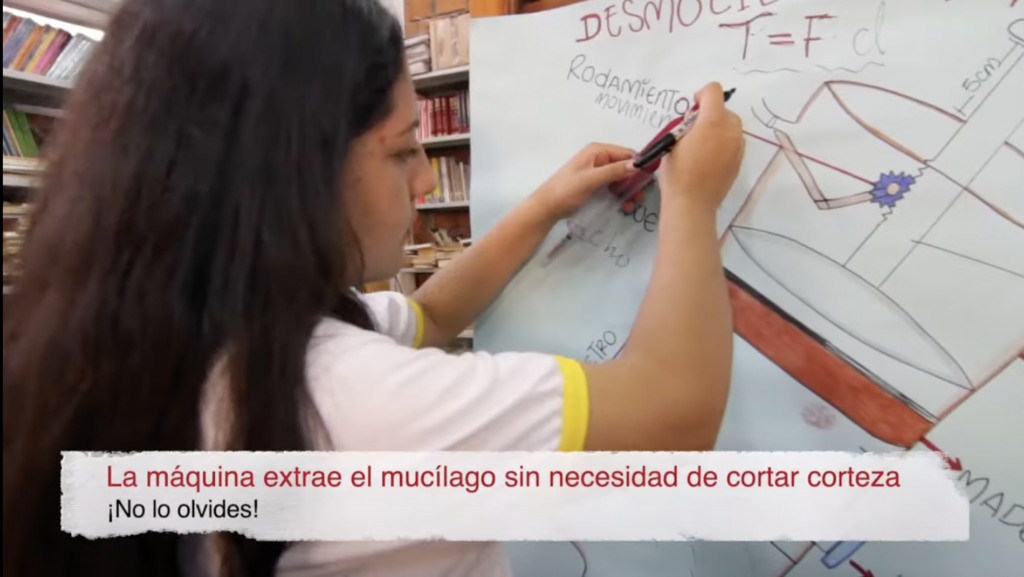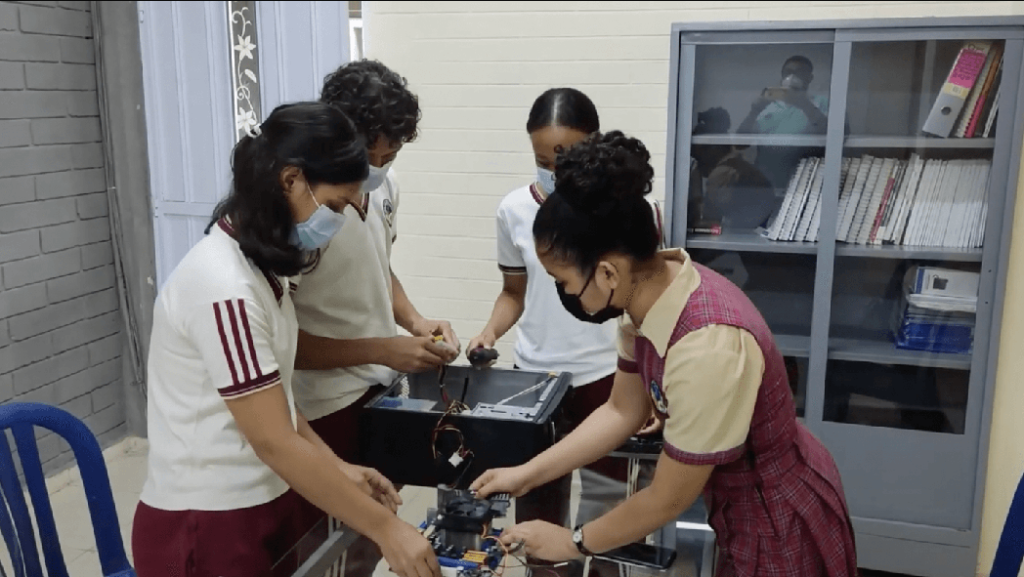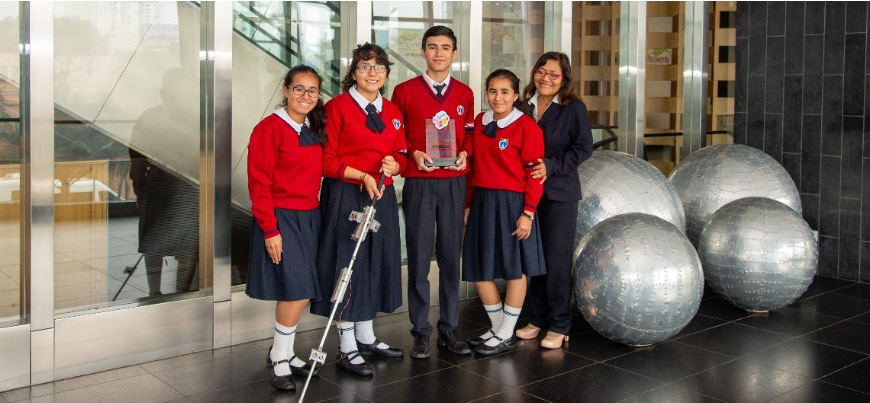Project gallery

Sustainable dam
Report sent by the Teacher
Juan Carlos Ramírez RicoSchool
Telebachillerato Comunitario 014 Ejido Ricardo Flores Magón, Altamira, Tamaulipas, MexicoProject team composition
Alejandra Lagos Hernández Melannie, Dayanna Silva Izaguirre Genesis, Eric Hernandez Rodriguez, Juanilu Castillo Guzman Evelyn, Vanessa Ruiz Huerta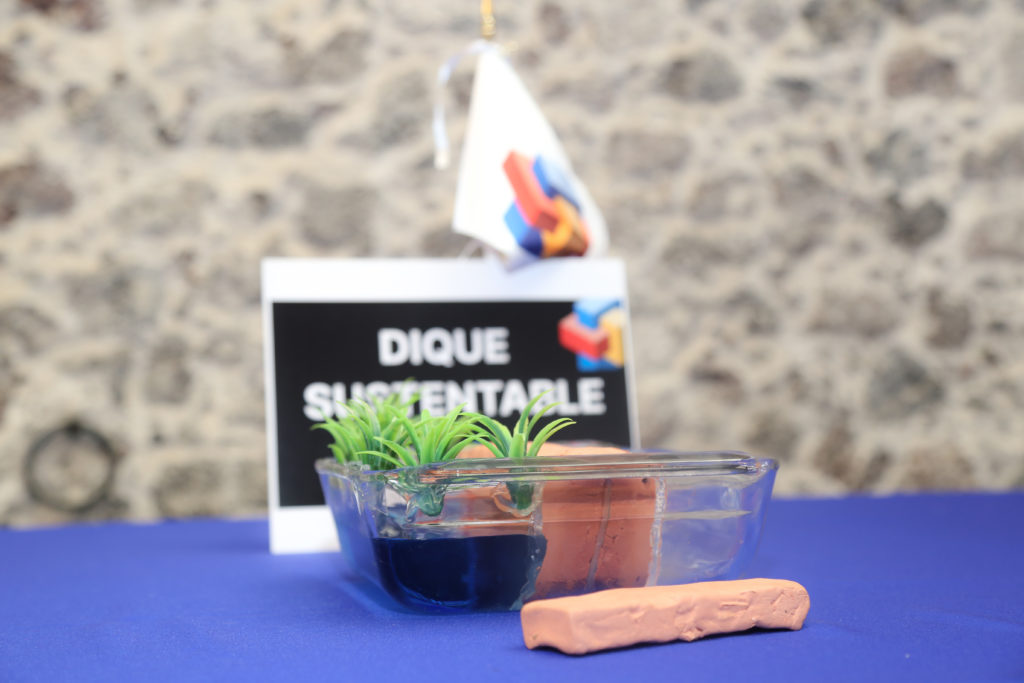
Age of students
15 to 17 years oldOther areas of knowledge
Project duration
From one month to three monthsSoft skills
Collaboration, Creativity, Critical thinkingSTEM areas
Engineering, SciencesEmpathy: learning from people’s values and needs
Project objective, problem to be solved, and main actions
The main objective of the project was to mix waterproof technology to prevent water from passing through.
The problem was the rupture of the El Camalote estuary, which contaminated the freshwater of the lagoon with salt water. In the municipality of Altamira, in the state of Tamaulipas, the drinking water of the Champayán lagoon has high levels of salinity. Water contamination occurs when the dam on the El Camalote estuary breaks; its purpose is to separate fresh and saltwater. The wall is formed by stacked clay bags that, not resisting the pressure of the Tamesí River, caused the rupture and allowed the infiltration of salt water. This contamination caused salinized water to be distributed to homes, causing allergic reactions in some people and raising the costs of purified water; as filters and purification processes had to raise their standards to provide quality water.
Classes continued as normal and the team received after-hours video calls in which we held a discussion table about community situations. Then, the call to participate was officially presented and brainstorming continued to solve each problem raised, selecting the most viable for execution.
I presented the proposal to the students. We did the development by recognizing their skills and qualities that they could be able to develop in the classroom, focusing on the potential they had to win.
Definition: better understanding of the challenges
Deepening into the issue and involvement of the school and local community
We had the support of the school (direction, teachers, and parents association) for economic help, logistics, and areas of knowledge outside of mine. Emotional support from colleagues. There was also support from employers for working students, in terms of schedules and permits.
Ideation: developing creative solutions
The development of the solution
- Field visits: disaster area, lagoon, and sea. (Face to face)
- Practices: trial and error creation of the mixture, the strength of the material. (Face to face)
- Video calls to share information, research, and decision-making. (Virtual).
Prototype: making ideas tangible
The construction of the prototype
We made a prototype and presented it to the student community.
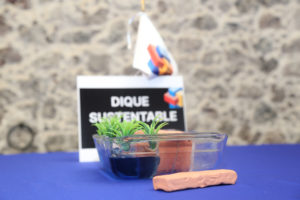
Test: putting ideas out into the world
Evaluation of the process and the developed solution
Participation in the project was part of the students’ qualification; a percentage that was reflected in the attitude, position in the culture of failure, and success of each phase; expressed emotions, and prior and developed knowledge.
Reflections and pedagogical practices
The value of participating in Samsung Solve for Tomorrow
Remove the chip from my students which says that because they are from rural schools, they cannot continue at the university or participate in competitions.
Achievements and advances perceived by the teacher, throughout the process
Achieve to increase the percentage of graduates entering the university.
Challenges faced
Infrastructure and material resources.
Learning incorporated into the teacher’s routine and practice
Empower students to achieve their goals.
#Schedule
Solve for Tomorrow is present in several countries in the region.
In each place, the program follows a specific schedule and rules, adapting to the local reality. Visit your country's website.
